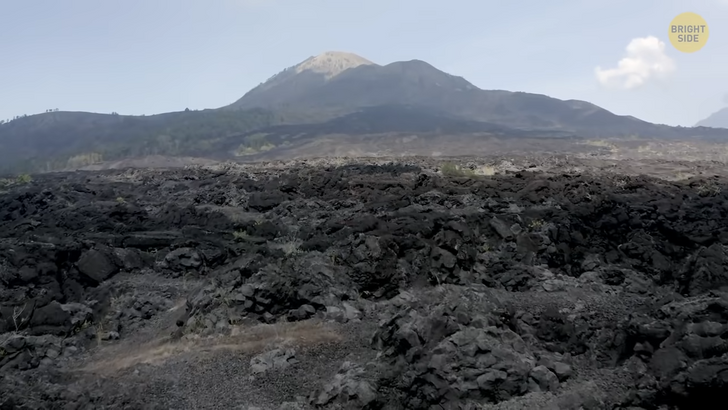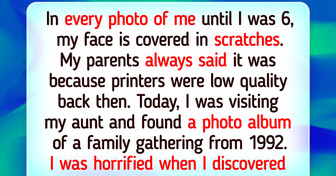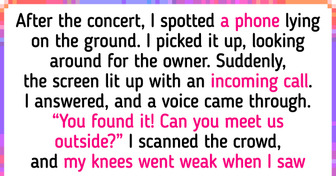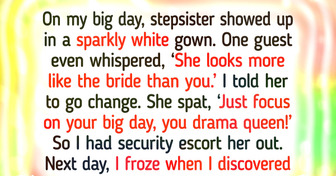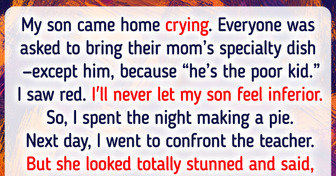I Caught on Camera What My MIL Was Doing While Babysitting My Kid, And I Don’t Know What to Think

DAY 1
A small but powerful tremor is shaking the city of Naples, Italy. The news networks are reporting on the event. The experts believe that Mount Vesuvius, the stratovolcano on the Gulf of Naples [Mount Vesuvius], will explode soon — but when?
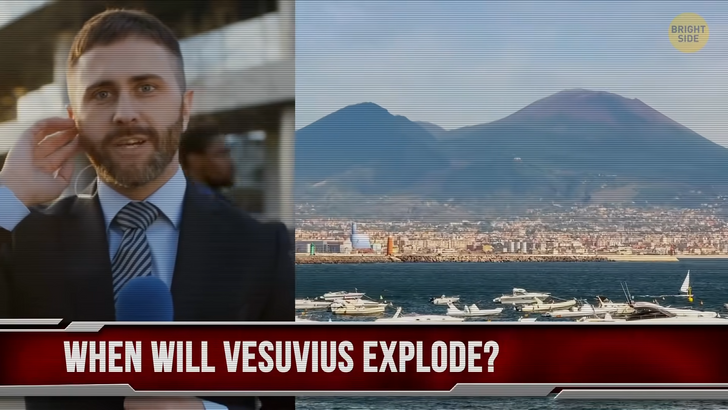
It’s erupted many times in the past. In fact, that’s how it got its shape. It’s made of multiple layers of hardened lava, pumice, and ash. Vesuvius last erupted in 1944. But a major blast happened there nearly 2,000 years ago. It buried the Roman towns of Pompeii and Herculaneum and decimated the surrounding areas.
Today, 3 million people live less than 20 miles [20 mi (30 km)] from the volcano, and 600,000 live in the danger zone. Large eruptions happen every few thousand years, usually after long periods of calm. And the trouble is, Vesuvius is long overdue for its next one.
This time though, the volcano is being watched by the Vesuvius Observatory. It has seismic stations, special GPS arrays, and satellite-based radar to help it measure ground movement. They also have special equipment to test the chemicals found in the gases coming from the volcano. All of this helps the experts work out whether it’s about to go off. But will it?
Right now, the magma is more than 6 miles [6 mi (10 km)] from the surface. Things seemed safe yesterday, but now they’re about to take a turn for the worse.
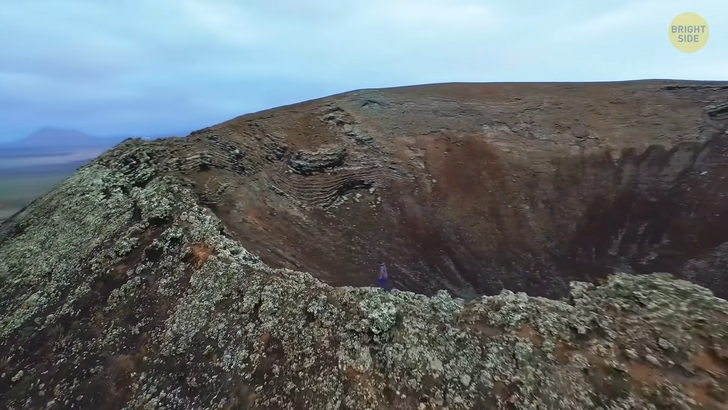
DAY 3
Another tremor comes in measuring 3 on the Richter scale. All the equipment that’s installed near the volcano is now going off. The magma is pushing upwards. It’s not at the surface yet, but Vesuvius is definitely restless.
Two more tremors follow in the afternoon. They don’t feel like regular earthquakes, and geologists can see the difference in their seismographs. Volcanic quakes register about 4-5 less on the Richter scale.
Now the experts are sure. It’s a matter of just days or weeks until the volcano erupts. Some volcanos can be restless for months or even years before they go off. But that’s not how it goes with Vesuvius.
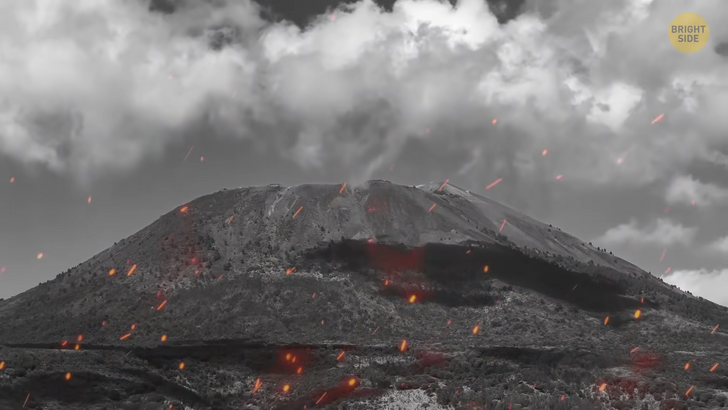
DAY 4
The ground starts to crack open, as if a giant creature is trapped in the Earth’s crust and is trying desperately to get out for some air. Steam escapes from the little cracks in the soil. Certain areas are hotter than others. If you went there it would feel like you’d walked straight into an oven, and it would be hard to breathe.
Some sheep got too close to the mountain and passed out. When the farmer found them, he almost collapsed too, not from the heat but from the gases.
Carbon dioxide and hydrogen sulfide are being released into the air. The entire area around the volcano smells like rotten eggs, and many of the forest animals are now staying clear. The nearby trees have been absorbing these gases from the soil for days on end now, and they’re starting to turn brown. The carbon dioxide levels in the area are skyrocketing, and all the detectors are beeping constantly.
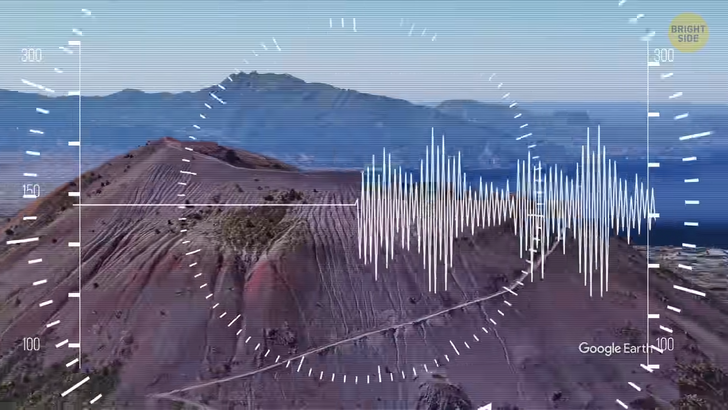
DAY 6
The tremors are getting more frequent. Experts at the Vesuvius Observatory monitoring the volcano say that the quakes are coming from the magma that’s being pushed upwards. A few hours later, the national emergency alert goes out. Thousands of local people have around 15 days before the volcano erupts, and they need to evacuate their homes.
The 600,000 people in the danger zone start to pack their suitcases and leave in cars and trucks. There’s chaos everywhere. But in all that disorder, some people are standing still. They look around, trying to understand what’s really going on.
A few of them are taking photos of their homes. Others are streaming all the confusion on social media. But the senior citizens are just standing outside, looking at their houses one last time. They hope this is all just a false alarm. It’s happened before, but who really knows?
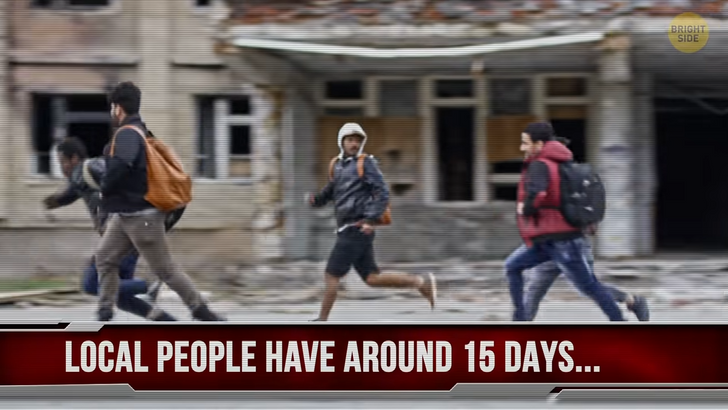
DAY 7
It was a sleepless night. Plenty of the locals have already left. Some good people from other towns drive to the area to help the residents evacuate faster. There’s a massive traffic jam, but everyone expected it — this is why the evacuation started early.
Ferries, trains, and buses have canceled their services to help the evacuees. They’re all working on a tight schedule to make sure everyone gets out safe, without any delays. Some people refuse to leave, but their neighbors eventually convince them to go. It will take 7 days to evacuate everyone. And these people will spread out to other areas of the country, not just to the nearby safe regions.
DAY 10
More than half of the residents have now left the red zone. After all the chaos, there’s now silence, and it’s interrupted by the eerie sounds of the tremors. Animals are being evacuated too. Many people are now trying to save as many animals from the forest as they can find.
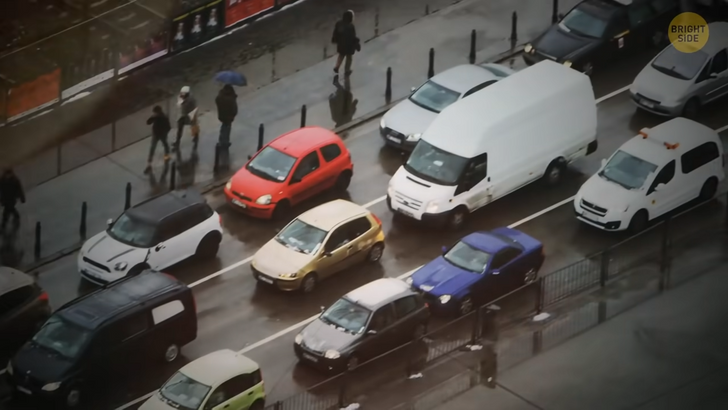
DAY 16
All 25 of the towns that were at risk have now been evacuated. The red zone is empty. But the tremors are getting stronger, as if the volcano is a pressure cooker ready to explode. White smoke rises from the large opening on the mountain top and the vents on the side.
The molten rock moves towards the surface, and the pressurized gasses form bubbles, just like the ones you see when you boil food. Suddenly, there are some loud booms, and then an explosion. It’s loud enough to be heard thousands of miles away, and the shockwave is felt throughout Italy. Volcanic rock is thrown up into the air. A thick black mushroom cloud forms and expands into the sky. The birds abandon their nests and fly away in huge flocks.
The hot red lava is now spewing out of the volcano like a fountain. As it flows downwards, it obliterates everything in its path. Then there’s a volcanic landslide. Part of the cone-shaped mountain falls off, and millions of tons of soil and rock break loose from the volcano’s side and tumble down. The lava spreads on the slopes, and it slowly slides down onto the forest and the farmlands.
The plume of ash, pumice, and other kinds of rock has risen so high into the sky that people can see it from Rome. Then the tower of debris starts falling back to Earth. First comes the ash, and then chunks of rock. The ash in the atmosphere is so dense that it’s hard to breathe. The lava slowly spreads across the area and pulls down all the trees. All the nearby towns are shrouded in darkness and smoke.
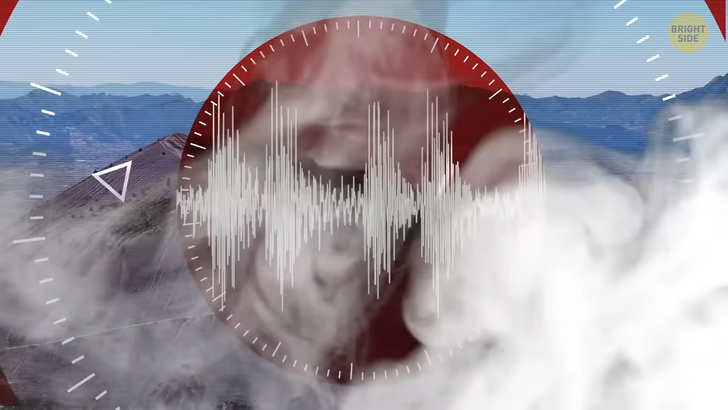
Buildings collapse, and all around there’s a mixture of heated, poisonous gas and rock moving faster than a car. Other rocks and more volcanic ash fall miles away from the volcano, hitting cars and destroying roofs. The sky is completely black as the lava keeps on coming. Slowly, all the nearby towns are submerged beneath the molten rock. Some of the lava even reaches the sea. Gigantic white steam covers the shore where it falls in, and the magma turns black.
Now a weird neon blue fire appears on the slopes of Vesuvius. This is caused by burning sulfuric gases. They’re escaping at high pressure from the cracks in the volcano’s surface. When they come into contact with the air, they ignite. These blue flames can reach 16 feet [16 ft (5 m)] into the air.
Now all nearby flights are canceled, and lots of planes have to change course to reach their destination. Ever since the national alert, no planes have been allowed to fly over the volcano. The clouds of volcanic ash can damage jet engines and other plane components.
The water supply is now contaminated by streams of volcanic ash, and it smells unbelievably bad.
In just a short amount of time, all that magma has made entire towns vanish. Only the roofs of taller buildings can be seen. After the big and explosive eruption, there are some smaller and quieter ones.
At this stage, nobody knows if the volcano has stopped erupting yet, and absolutely no one can go anywhere near the area.
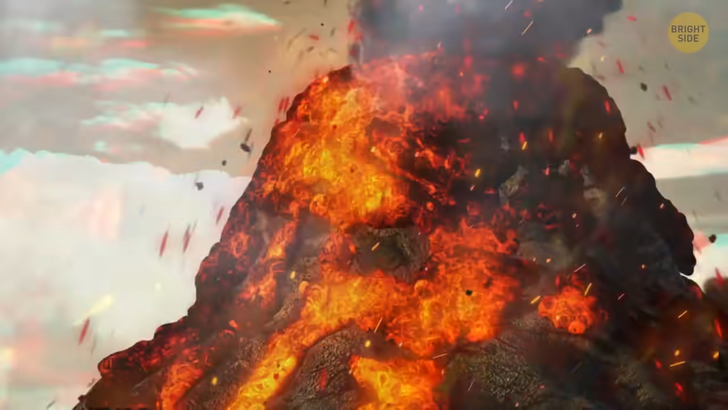
10 years later:
Most parts of the red zone are now hidden under hardened (but still warm) lava, including the ancient site of Pompeii. Some people have started to forget about what happened. Others have begun their new lives elsewhere, and some don’t even want to think about what happened to their old homes.
But several of them are counting the days until they can go back.
100 years later:
You’re walking in what appears to be a wasteland of volcanic ash. You suddenly realize that you’re standing on top of your great-grandparents’ town. Everything is now submerged under a thick carpet of solidified lava. But below it all, just about everything is still intact, completely frozen in time.
